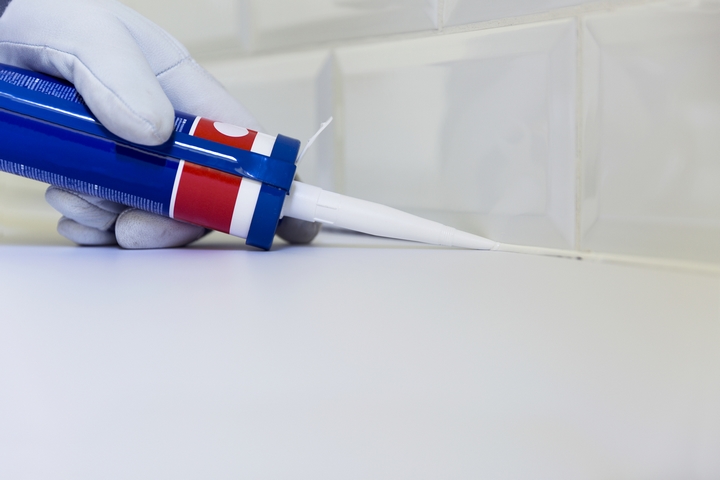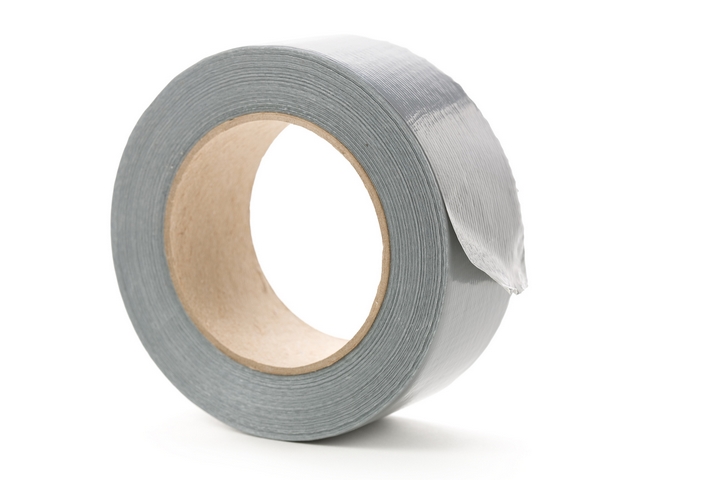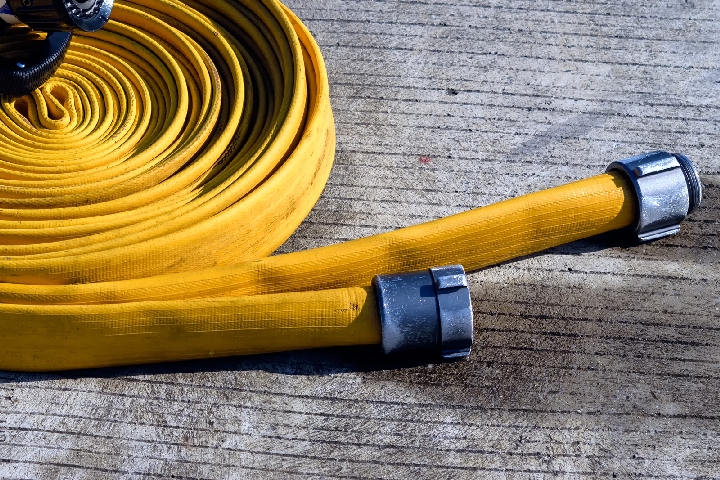Safety is crucial in most industries and there are different measures required to do so. In almost any industry, heat resistant materials are necessary for ensuring that instruments and equipment won’t be damaged by high temperatures.
If you aren’t sure what kind of materials that entails, there are four in particular that are most common. Each of these are used daily to keep equipment and instruments safe from potential heat damage.
1. Sealants
 Right up at the top of the list are heat resistant sealants. These sealants are used to close gaps between solid sections on machinery, which offers better resistance to increased pressure and higher temperatures. Even better, they can come in different cement and liquid foam formulations, each of which is capable of resisting temperatures ranging from 300 degrees Fahrenheit to as high as 1,500 degrees Fahrenheit.
Right up at the top of the list are heat resistant sealants. These sealants are used to close gaps between solid sections on machinery, which offers better resistance to increased pressure and higher temperatures. Even better, they can come in different cement and liquid foam formulations, each of which is capable of resisting temperatures ranging from 300 degrees Fahrenheit to as high as 1,500 degrees Fahrenheit.
Sealants that are heat resistant have the ability to cure quickly and efficiently, giving them prominence in industrial settings. Some sealants also have the ability to reduce shock and vibration damage that can be felt in particular settings such as hydro generating stations.
2. Tapes
 Right up there with heat resistant sealants is heat resistant tape. They are inexpensive, easily accessible, and come in a wide array of lengths, widths, colours, and thicknesses to support any number of industrial uses and applications.
Right up there with heat resistant sealants is heat resistant tape. They are inexpensive, easily accessible, and come in a wide array of lengths, widths, colours, and thicknesses to support any number of industrial uses and applications.
Of all the heat resistant materials out there, tape may be the most versatile and easily applied. Depending on the type of tape, it can mean resisting both high temperatures and high pressure. Some tapes are capable of handling up to 1,650 degrees Celsius. They are also capable of offering greater resistance against water damage, resisting chlorine, salt water, and in some cases perspiration.
3. Fire Blankets
 Heat resistant blankets are extremely common and are usually implemented in fire safety regardless of the industry. You can even find smaller fire blankets in homes, though the larger ones are typically meant for industrial safety standards.
Heat resistant blankets are extremely common and are usually implemented in fire safety regardless of the industry. You can even find smaller fire blankets in homes, though the larger ones are typically meant for industrial safety standards.
Basically, they are sheets of fire-resistant material that work by smothering the flame. The most common misconception about fire is that water will automatically put it out. But in reality, fire needs oxygen to thrive and by depriving it of that oxygen, you are more likely to put out the fire more quickly. There are even some blankets that come coated in a fire-retardant fluid, making them even more effective at putting out small fires.
4. Fire Sleeves
 In the aerospace and industrial sectors, these are popular options because they can offer additional resistance to adhesives, flame, oil, and water. In particular, they are able to hold up against temperatures as high as 540 degrees Celsius.
In the aerospace and industrial sectors, these are popular options because they can offer additional resistance to adhesives, flame, oil, and water. In particular, they are able to hold up against temperatures as high as 540 degrees Celsius.
Think of them as an insulated sheet. Even better, they come in a wide array of sizes and are meant to protect wires, cables, and even industrial and hydraulic hoses. Despite how inexpensive they are, fire sleeves are quite effective at protecting the people and property that are important to your business.

